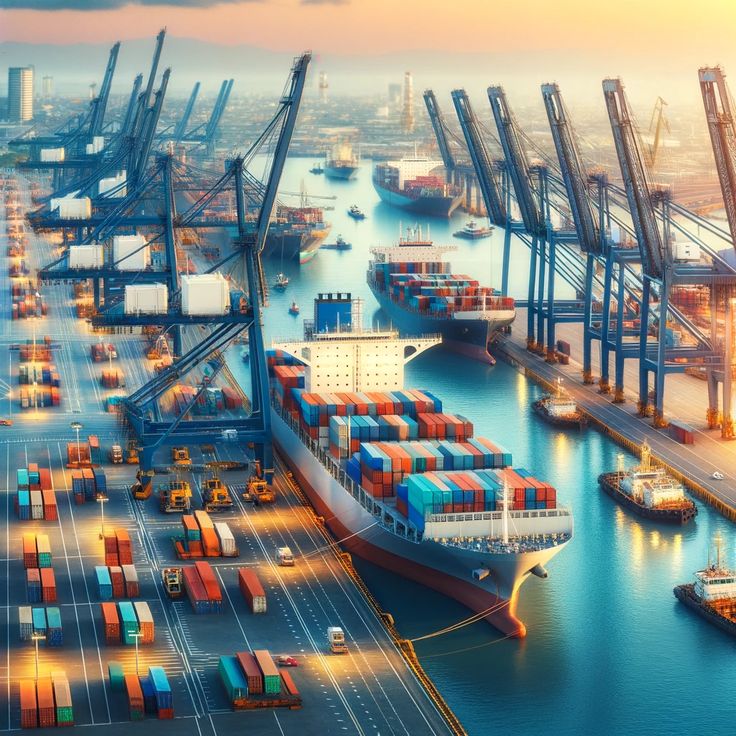Tips for Efficient and Safe Shipping
Tips for Efficient and Safe ShippingEfficient and safe shipping are essential to the business to ensure customer satisfaction and avoid increased costs. You can streamline your shipping processes and protect your goods by adopting best practices and implementing safety measures. Here are some key tips to achieve efficient and safe shipping. Additionally, we offer our Best Cargo Courier Services All Over Kerala, India, to further ensure your shipping needs are met with the highest standards of reliability and efficiency. Plan and PrepareProper planning is the key to efficient shipping. Begin with demand forecasting and plan your shipment ahead of time. Your inventory should be well-arranged and easily accessible. Ensure that all the necessary documentation is prepared in advance to avoid delay or non-compliance with the relevant regulations. Select Right PackagingThe right packaging is important for the safety of your goods. Use strong boxes that can resist the stress of transportation. Ensure that the packaging materials are suitable for the type of products being shipped. Use bubble wrap, foam, or other cushioning materials to protect fragile items and prevent damage during transit. Optimize Shipping RoutesEfficiency in shipping often comes down to choosing the right routes. Use route optimization software to determine the most efficient paths for your shipments. Consider factors such as traffic patterns, delivery windows, and fuel costs. Optimized routes not only save time and money but also reduce the environmental impact of shipping. Label Clearly and AccuratelyProper labeling and identification are important for the safe handling of shipments. All packages must be labeled with the right addresses, contact information, and special handling instructions. This can be done by using barcodes or QR codes to track shipments easily and avoid errors. Use Tracking and Monitoring SystemsReal-time tracking and monitoring systems are inevitable for efficient and safe shipping. Use GPS and RFID technology to track the location of your shipments and monitor their status. Provide customers with tracking information so they can be informed about the progress of their orders. Train Your StaffEfficient and safe shipping can only be done with well-trained staff. Keep them updated about the packing techniques, handling procedures, and safety protocols. Make sure your team is updated about the current shipping regulations and best practices. Invest in training programs that emphasize accuracy, attention to detail, and customer service. Maintain Regular CommunicationGood communication will avoid shipping problems. Keep frequent contact with your shipping partners, carriers, and customers. In case of delay or any change in the shipment status, let the customers know. Proper and timely communication helps establish trust and keeps everyone on the same page. Assess and ImproveContinuous improvement is essential for ensuring efficient and safe shipping processes. Monitor your shipping operations regularly to identify areas of improvement. Obtain information from the customers, employees, and partners regarding painful areas and rectify it. Data analytics will be highly effective in tracking performance metrics for informed decisions. ConclusionShipping safely and efficiently can be realized through careful planning, proper tools, and a continuous process of improvement. The guidelines mentioned above can be helpful to improve shipping operations, lower costs, and deliver products to the desired location at the right time. And as always, good shipping requires a good shipping strategy to please your customers and help you stay successful.




